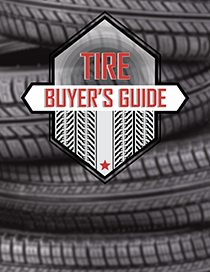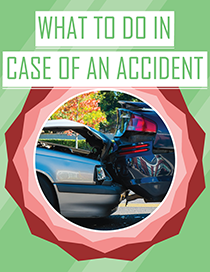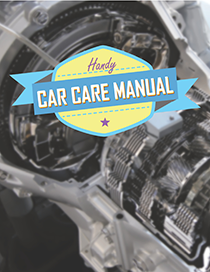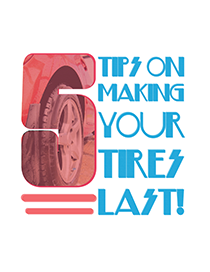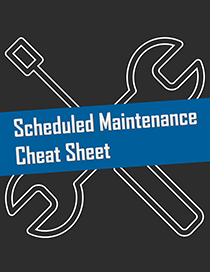Is Your Timing Belt About to Destroy Your Engine?
One of the most expensive repairs you might have to make on your vehicle also happens to be one of the most easily prevented – timing belt failure
As your vehicle gets older and accumulates miles, its timing belt wears out and becomes compromised. While timing belt replacement is a simple service to perform, if a worn out timing belt snaps, it can seriously damage your engine and cost you thousands.
The role of the timing belt
The timing belt is a small rubber belt that connects the crankshaft to the camshaft, controlling when the valves open and close. Timing belts are developed to be strong and durable, but they will eventually wear out. When the belt breaks, the valves won’t close in time, and the pistons hitting against them begin to cause immediate engine damage.
Replacement of your vehicle’s timing belt is part of the regular auto maintenance recommended by the manufacturer. Timing belt replacement typically should be done approximately every 70,000-110,000 miles – check your owner’s manual for your specific recommendation. Replacement costs vary from vehicle to vehicle, but the cost is always substantially less than engine repair costs.
Indications of timing belt failure
In some cases, your vehicle will exhibit signs that the timing belt is compromised:
- Significant visible exhaust – if you notice thick smoke coming from the tailpipe, the fuel isn’t burning properly, which could be because the valves are not opening or closing properly.
- Strange engine vibrations – if the timing belt is stretched or is missing teeth, it can affect the engine rhythm, causing the vehicle to vibrate or shake.
Unfortunately timing belts can break without any prior symptoms, so if your vehicle is due for timing belt replacement, do not put off this essential service.
Is your vehicle in need of a timing belt inspection or replacement? Contact us today for an appointment.

